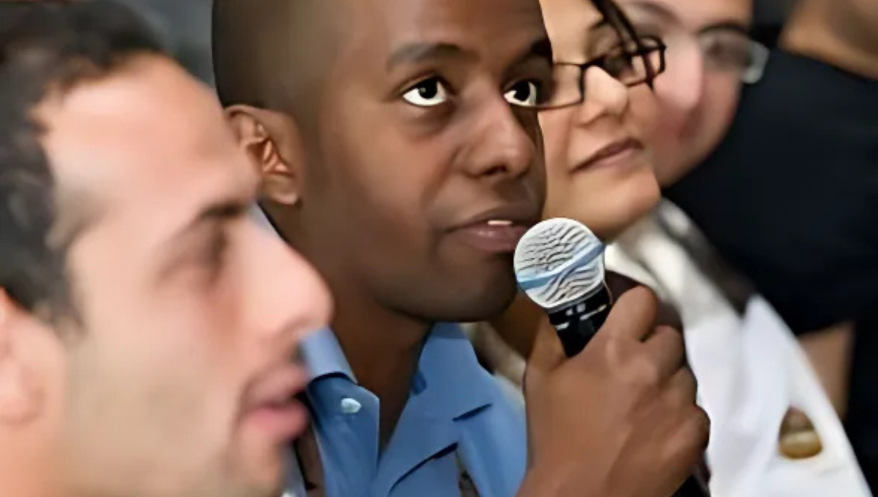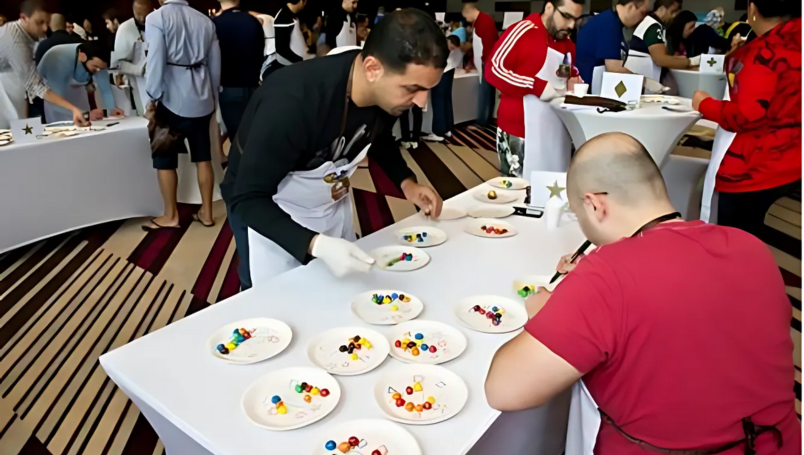Team building has been a growing phenomenon in the Middle East over the last 5-10 years, with a growing number of companies offering a wide array of products and programs it can be difficult to know which activity will be right for your next event. The objective of this white paper is not to suggest that any type of team building is better or worse than another type, just to explain the differences that exist to help you make informed decisions.
Typically there are three main areas of team building that suit different business objectives and outcomes. These three areas are Pure Fun, Team Bonding and Business Focus. To help determine which of these may be suitable for your next event, the following question can be of great help “What is our required outcome? Are we looking for pure fun or would we like to see a change in behaviour?” This can be represented by the following continuum.
All team building activities can be put somewhere along this continuum line and doing so can help identify which is the right activity for your team. Before we go into these in detail it is important to define what the experiential learning zone is. Experiential learning (popularised by David Kolb) is essentially learning derived through experience. Aristotle once said, "For the things we have to learn before we can do them, we learn by doing them." This is perhaps most easily described with the following model:
This simple model describes the process of learning through doing. In team building this involves doing an activity, reflecting on what happened, gaining some kind of learning insight and then looking at how this insight can be applied back in the workplace. Within this experiential learning zone, the further to the left you are, although the activity may deliver a strong experience, the insight may not be that big and so the likely resulting action (or change in behaviour) may be lower.
For example, a common style of team building activity widely available in the market could be a scavenger hunt. During such an activity, teams race from point to point searching for clues or solving problems to help their team to victory. With such an activity the experience will likely be very powerful (high energy) but the amount of individual reflection and insight may be low. These types of activities are great for energising and motivating the team and are good at delivering simple messages in a powerful way; but you shouldn’t expect a long term change in behaviour back in the workplace.
Contrast this with a themed strategic simulation (often involving a number of physical activities with multiple reflection points throughout the session) and whilst the experience will most likely not be as energetic as racing around on a scavenger hunt; due to the focus on reflection, the insight is likely to be much higher. These types of activities are good for driving long term changes in behaviour back at work, but may not carry quite the same ‘team high’ as other activities.
Common Types of Team Building
The following gives an idea of some of the different types of team building and where they fit on the continuum.
Pure Fun Activities
At the far left of the continuum sit products with a focus on pure fun. These activities are often groups of individuals competing against each other rather than collaborating with each other. These may include, archery, clay pigeon shooting, ten pin bowling and go karting. In these types of activities whilst there may be some good social bonding to occur in the group, there is little opportunity for the team to reflect and gain any real insights into how they can work more effectively as a team back in the workplace, but the team (especially the one that wins) will potentially have a lot of fun.
As we move along the continuum, we come across activities like paintball, which sit just inside the experiential learning zone. The team are now beginning to work together for a shared goal and some of the success of the team will be down to their strategy and how they collaborate with each other. Whether there is any reflection or insight from this activity depends on the skills of the organisers.
Team Bonding Activities
The majority of team building activities in the region fall under the Team Bonding umbrella. By definition, these are activities where the team must work together to achieve some kind of outcome. This may involve collaboration to create a large picture, the designing and building of a cardboard boat or some kind of point to point scavenger hunt. With these activities the amount of reflection is often low and so no real change in behaviour can be expected. These activities are best suited for the delivering of some kind of business message that can be aligned to the organisations current strategy or theme. Examples of this could be “Winning as One” “Get Ready for the Race” “Pole Position”
Business Focus
As we move further along the continuum we move into an area of products where the amount of reflection increases to a level where the individual is likely to have a more powerful insight. If this insight is powerful enough, this is where we can start to expect to see a change in behaviour back in the workplace. There are now a growing number of companies in the global market place specialising in this area of team building. The products they offer are well themed, creating a strong experience, and offer enough reflection to be the catalyst for significant changes in team behaviour to help deliver a measurable return on investment.
In Summary
Activities at the far end of the spectrum have the strongest focus on business outcomes. The overall energy (or fun factor) is likely to be lower, but with a main focus on reflection the insights can be very powerful. These activities are likely to be facilitated workshops and may include team diagnostic tools that can help you to benchmark your team against international data and give guidance on what to do to increase team effectiveness. Some of these diagnostic tools can work extremely well for companies looking to be able to get a real tangible measure of their return on investment.






